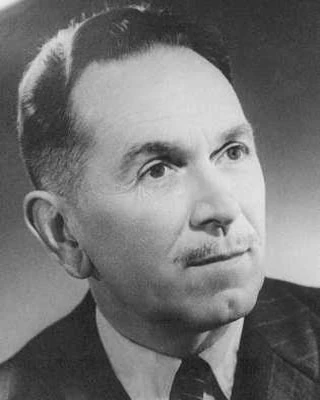
Born on February 27, 1897, in Paris, Bernard Lyot (1897-1952) developed an early passion for optics and mechanics. After studying at ESE (class of 1917), he joined the Meudon Observatory where he developed his first innovations.
In 1930, Lyot invented the coronagraph, a device capable of artificially occulting the solar disk to study its corona. This major invention allowed for the first time the observation of:
Its principle is based on an ultra-precise optical combination to eliminate light scattering.
Lyot also revolutionized planetary observation:
His work on the polarization of lunar light confirmed the powdery nature of the lunar soil, a theory later validated by the Apollo missions.
From 1943, Lyot transformed the Pic du Midi Observatory into a world center for solar astronomy. He installed his coronagraph there and trained a generation of astronomers. The observation conditions at 2877 meters above sea level allowed for observations of unprecedented quality.
Lyot's inventions paved the way for:
A lunar crater and an asteroid ((2452) Lyot) now bear his name.
| Invention/Discovery | Year | Application | Current Impact |
|---|---|---|---|
| Coronagraph | 1930 | Observation of the solar corona | Used in all modern solar observatories |
| Polarizing filters | 1929 | Study of planetary surfaces | Basis for filters used in planetary astronomy |
| Polarization measurement method | 1923 | Analysis of planetary atmospheres | Used in space missions |
| Improvement of telescope mirrors | 1935 | Reduction of light scattering | Technique still used in large telescopes |